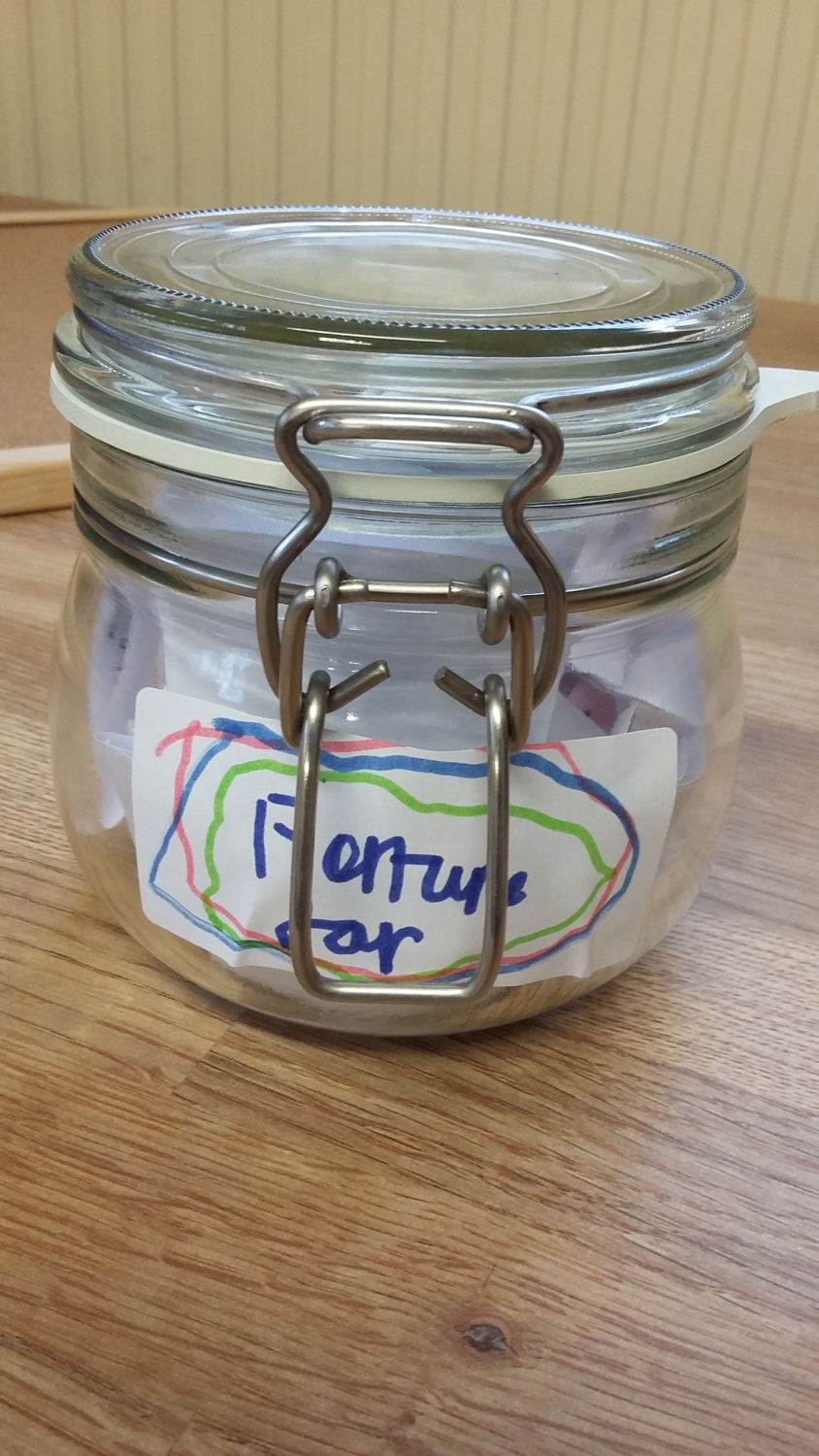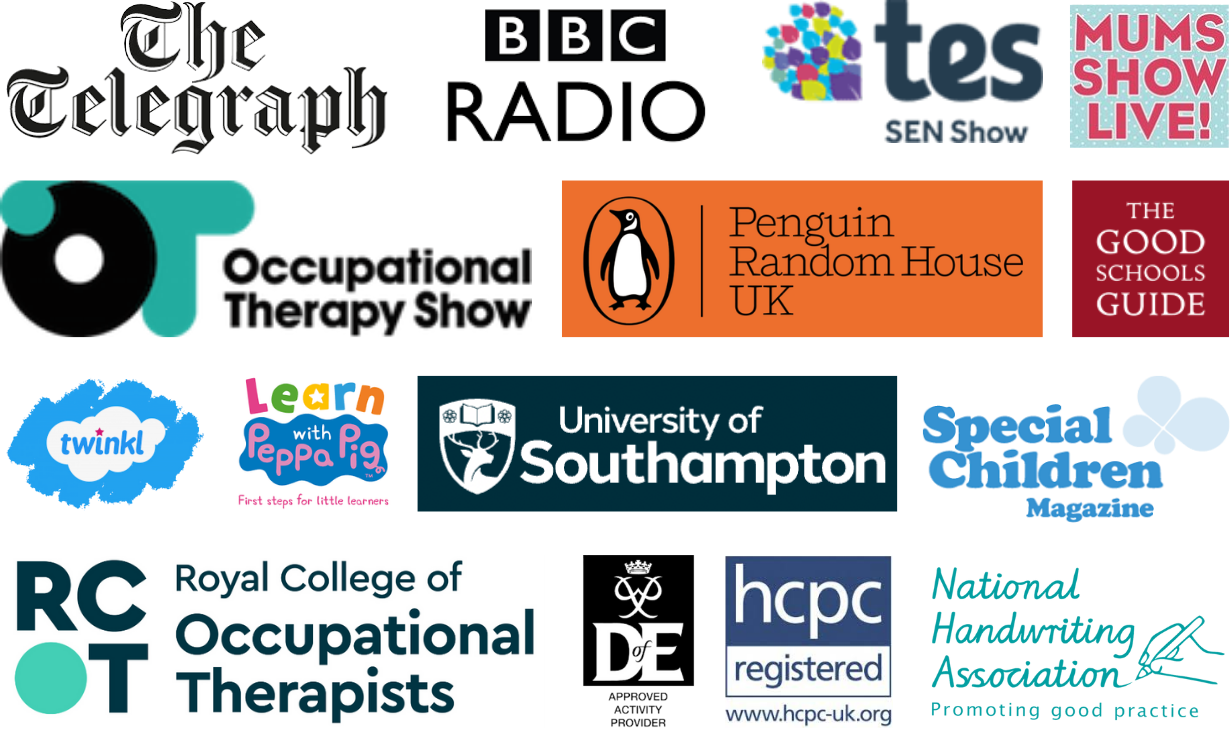How to motivate children
Handwriting practice for kids can be tedious, but with my ‘fortune jar’ technique, you can motivate children to write by adding a little surprise and fun!
Have you ever found yourself sitting around New Year’s time wondering whether creating some new year’s resolutions is worthwhile? That is precisely what happened to me this January. However, rather than the usual press coverage about the success and failures of making resolutions, I was hearing far more about creating a ‘Book of Awesome’. This is where you write down positive comments made to you over the year. The idea is that you refer to this book whenever you’re feeling a little low.
Around the same time, I realised that many children I see for handwriting practice struggle to open jam jars. Their handwriting difficulties were more than that; some had difficulty with essential life skills. To an outsider, it may have looked like they had hand skills. In reality, they were going through the motions but were struggling to open all different types of containers.
The outcome has been one of the most enjoyable and successful motivators that I have seen with these children, it really does motivate children to write!
Knowing that children with handwriting difficulties often feel low, frustrated, annoyed and alone, I decided to use the concept of creating a book of awesome within my occupational therapy sessions. The outcome has been one of the most enjoyable and successful motivators I have seen with these children; it motivates children to write!
This blog post will show you what you can do and what I have learned since introducing a fortune jar.
How to motivate children to write with my ‘fortune jar’ technique:
1
Firstly, find yourself a container

2
Secondly, fill the jar full of motivational quotes.
Initially, I looked online and used some I had found on general websites. The drawback of these was that some of the quotes were a bit too deep and meaningful. As the children read them, I realised that some words were too long, and I needed to explain their meaning. I have since tried to find quotes from actors. Again this can be a bit hit or miss, mainly because the children do not always know who the actors are. Therefore, it has had no meaning. The best quotes have come from films such as Harry Potter. I have also tried asking the kids to write their messages. The results have been mixed. Some have repeated advice that they have been given. For example, ‘Be good’, when shared with another child, has not been very motivational. This remains my plan, as it would still be a great way to incorporate handwriting into every session.
3
My third piece of advice is to name your jar.
I initially referred to my jar as the ‘motivation jar’. However, this was quickly renamed by one of the kids I work with to the ‘fortune jar’. He felt it was similar to opening a fortune cookie, and he has even created a label to go on it.
The fortune jar has taught me a lot. It has become an important part of my handwriting sessions.
The fortune jar has taught me a lot. It has become an essential part of my handwriting sessions. It’s a great way to motivate children to write. They will remind me if I forget to ask the children to pick a quote because we are running out of time! Bizarrely the children always pick out a quote suited to their needs. If a child needs a little pick me up or feels low, they may pick “You have brains in your head. You have feet in your shoes. You can steer yourself in any direction you choose” – Dr. Seuss.
Overall, it has been a great way to finish all my handwriting sessions. I really cannot think why I did not do this earlier. I want to leave you with a little motivational quote for yourself. “Our choices show what we truly are, far more than our abilities. – Dumbledore”









